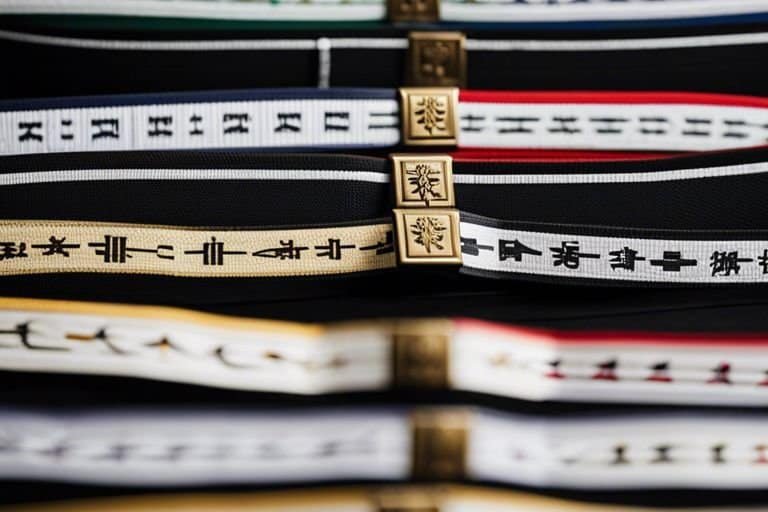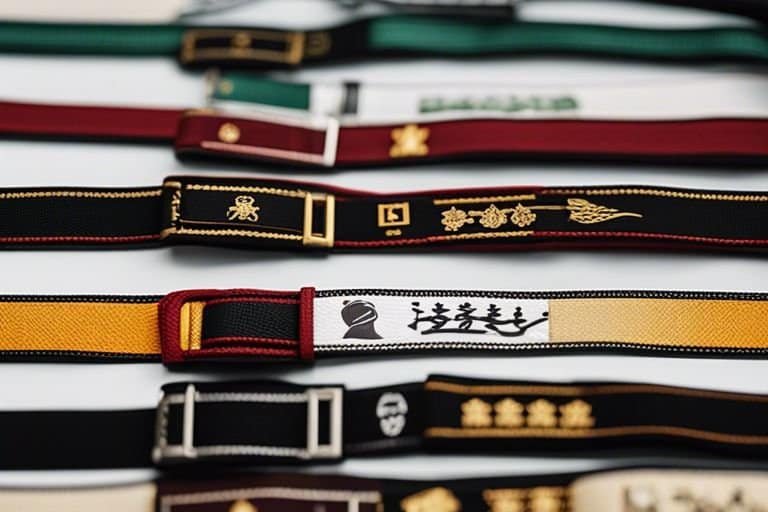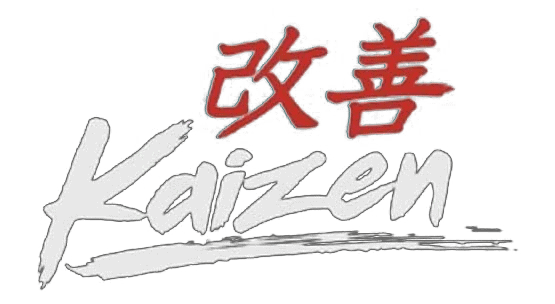Indubitably, the system of martial arts belts has been integral in promoting discipline and personal growth among practitioners for centuries. The journey from a white belt to the coveted black belt is not just a physical endeavor, but also a mental and emotional one. Each belt represents a milestone, a testament to the dedication, commitment, and perseverance of the martial artist. The rigorous training and strict requirements for advancing to the next belt level instill a sense of discipline and focus, while the recognition and respect earned from higher belts foster personal growth and confidence. Through this process, martial artists develop an unwavering sense of determination and resilience, essential traits for success in both the dojo and in life.
Key Takeaways:
- Symbol of Progress: Martial arts belts serve as a tangible symbol of a practitioner’s progress and advancement within the discipline, motivating students to set and achieve goals.
- Encourages Discipline: The process of earning higher belts requires dedication, hard work, and discipline, instilling valuable life skills and fostering a sense of commitment and perseverance.
- Promotes Personal Growth: The journey of progressing through martial arts belts encourages practitioners to push their limits, build confidence, and develop a growth mindset, contributing to personal development and self-improvement.
The Belt System
The belt system is a key aspect of martial arts, serving as a symbol of a practitioner’s expertise and their journey towards mastery. The progression through different belt colors not only signifies a practitioner’s technical skill level but also plays a significant role in promoting discipline and personal growth.
The Origin and Significance of Belt Colors
For many martial arts, the belt color system originated from Judo, where a white belt symbolizes a beginner and a black belt symbolizes a master. Over time, different colors were added to represent the various stages of a practitioner’s progress. Each belt color holds significance, representing the wearer’s growing knowledge, skills, and experience, while also serving as a reminder of the discipline and dedication required to progress.
On the journey towards a black belt, practitioners must demonstrate not only technical proficiency but also a strong work ethic, perseverance, and respect. The process of advancing through the belt ranks requires dedication, commitment, and continuous improvement, instilling values that are essential for personal growth and development, both on and off the mat.
Promoting Discipline Through Martial Arts
Any individual who has practiced martial arts can attest to the profound impact it has on discipline. Martial arts training requires a high level of self-control, focus, and dedication, all of which are essential components of discipline. By adhering to the strict rituals and traditions of martial arts, practitioners learn to respect authority, maintain a sense of humility, and exhibit self-discipline in all aspects of their lives.
The Role of Regular Training and Practice
To cultivate discipline, regular training and practice are paramount. Consistent practice instills a sense of routine and commitment, which are crucial elements of discipline. Through the repetition of movements and techniques, practitioners develop the mental fortitude to push through physical and mental barriers, solidifying their dedication to the art.
Setting and Achieving Goals
Through the process of setting and achieving goals, martial arts instills discipline in its practitioners. Setting specific, measurable, achievable, relevant, and time-bound (SMART) goals creates a framework for individuals to work towards. Achieving these goals fosters a sense of accomplishment and reinforces the value of perseverance and discipline in the face of challenges.
Goals in martial arts may include mastering a particular technique, advancing to the next belt level, or participating in competitions. The pursuit of these goals demands commitment, patience, and unwavering discipline, ultimately leading to personal growth and development.

Fostering Personal Growth
After mastering the physical aspects of martial arts, students can focus on the personal growth that comes with their practice. The journey towards earning a black belt is not just about perfecting techniques, but also about developing mental strength and discipline.
Developing Self-Confidence and Self-Respect
One of the key ways in which martial arts belts promote personal growth is by fostering self-confidence and self-respect. As students progress through the belt system, they gain a sense of achievement and confidence in their abilities. The process of setting and achieving goals within the martial arts curriculum instills a belief in oneself that transcends the dojo and extends into everyday life. This confidence and self-respect are crucial for personal growth and success in all areas of life.
The Impact of Martial Arts on Mental Health
On the mental health front, martial arts training has a profound impact on students. The discipline, focus, and perseverance required in martial arts promote mental well-being and resilience. Fostering mental strength and emotional resilience, martial arts training equips practitioners with the tools to cope with stress, anxiety, and adversity. The meditative and introspective aspects of martial arts also contribute to improved mental health, providing practitioners with a sense of inner peace and clarity.

The Importance of Martial Arts Belts
The importance of martial arts belts in promoting discipline and personal growth cannot be overstated. The belt system provides a clear and tangible way for students to track their progress, instilling a sense of commitment, determination, and perseverance. As students work towards the next belt rank, they learn valuable lessons about setting goals, overcoming challenges, and staying focused on their journey. This process not only fosters discipline but also encourages personal growth, self-confidence, and a greater sense of achievement. By recognizing and rewarding the effort and dedication required to advance in the belt system, martial arts belts play a vital role in shaping the character of practitioners and instilling values that extend far beyond the dojo.
FAQ
Q: What is the significance of martial arts belts in promoting discipline and personal growth?
A: Martial arts belts symbolize the progress and development of a practitioner. They serve as a tangible representation of discipline, hard work, and personal growth within the martial arts journey. As practitioners advance through the belt ranks, they cultivate important values such as focus, determination, and perseverance.
Q: How do martial arts belts encourage discipline?
A: The process of earning a higher belt in martial arts requires consistent training, dedication, and adherence to strict standards. This journey instills discipline by teaching practitioners to set goals, follow a structured curriculum, and maintain a strong work ethic. The belt system encourages practitioners to stay committed and disciplined throughout their training.
Q: In what ways do martial arts belts contribute to personal growth?
A: Martial arts belts promote personal growth by fostering self-confidence, humility, and self-improvement. As practitioners overcome challenges and achieve new belt levels, they develop a sense of accomplishment, resilience, and a growth mindset. The belt system encourages individuals to strive for continual self-improvement and personal development.
Q: How does the journey through different belt levels impact a martial artist’s character?
A: Advancing through belt levels in martial arts requires practitioners to face and overcome various physical and mental challenges. This journey helps shape their character by instilling qualities such as perseverance, respect, and resilience. Practitioners learn to embrace the values of patience, humility, and integrity, which positively influence their character development.
Q: What role do martial arts instructors play in cultivating discipline and personal growth through the belt system?
A: Martial arts instructors play a crucial role in guiding and mentoring practitioners through the belt system. They provide the necessary structure, guidance, and feedback to help students develop discipline and foster personal growth. Instructors also serve as role models, demonstrating the importance of perseverance, self-discipline, and continuous learning within the martial arts journey.



